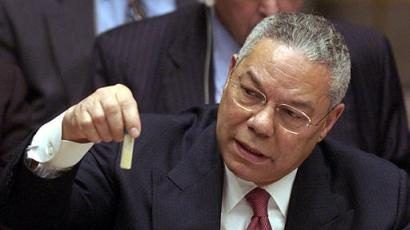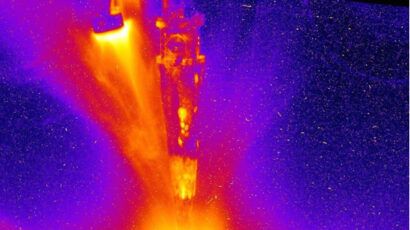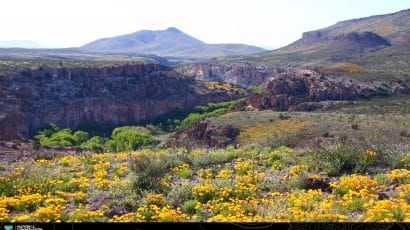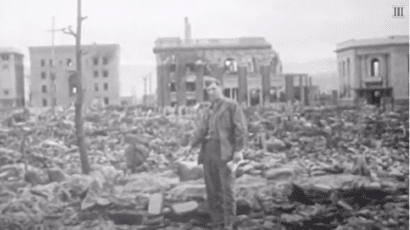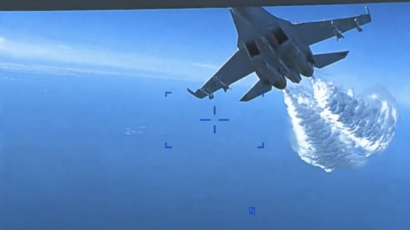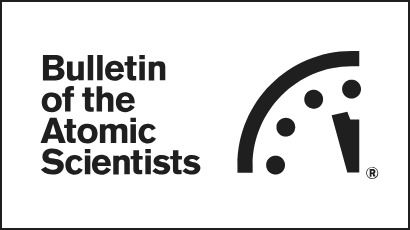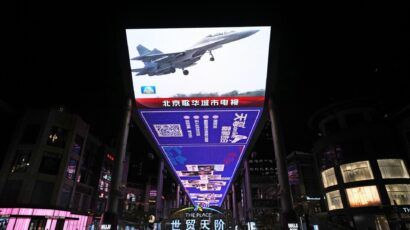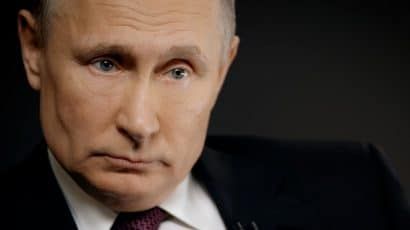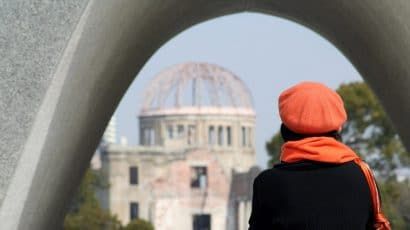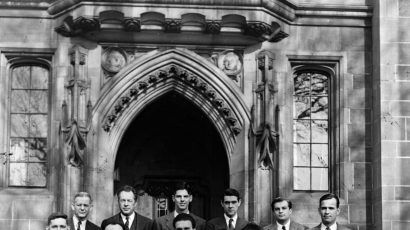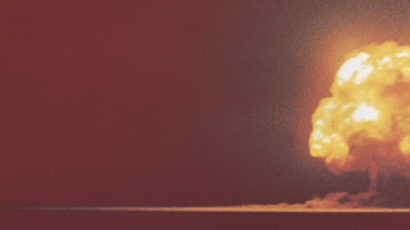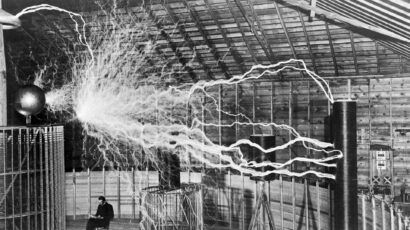Search results for trump
The entanglement of fusion energy research and bombs
Not many people seem aware of the connection between fusion research and nuclear weapons. But the two have a long history.
Plant power: Burning biomass instead of coal can help fight climate change—but only if done right
Burning wood at electrical generating facilities instead of fossil fuel could help fight global warming—at least in theory. But it’s far from a black-and-white issue in practice; it’s time to take a measured look at all the shades of grey.
What happens when the nation’s most endangered river encounters megadrought?
The Gila used to be a perennial river, running 649 miles until it emptied into the Colorado River—providing a lifeline for plants, animals, and humans that depended on it along the way. But population growth—and increasingly, climate change—have badly diminished the river and threaten its future.
Hiroshima and Nagasaki on the cutting room floor
In the months after the atomic bombs were dropped on Hiroshima and Nagasaki in August 1945, newsreels offered a view of ingenuity and destruction that obscured the human cost.
Putin’s “bluff”: a cautionary note about underestimating the possibility of nuclear escalation in Ukraine
Concerns about the possibility of Russian nuclear escalation in Ukraine should not be dismissed as abruptly as Yale historian Timothy Snyder and others of like mind have dismissed them.
Psychological reflections on the tragic dynamics of war
The fact that Putin has stopped alluding to using nuclear weapons is small comfort. We need to be very wary.
2021 Doomsday Clock Statement
Overview Current Time FAQ Timeline Dashboard Datavisualizations Virtual Tour This is your COVID wake-up call:It is 100 seconds to midnight This is your COVID wake-up call: It is 100 seconds to midnight 2021 Doomsday Clock Statement Science and Security BoardBulletin of the Atomic Scientists Editor, John Mecklin 2021 Doomsday Clock Statement Science and Security BoardBulletin of … Continued
Who should manage the nuclear weapons complex?
As the lame-duck Congress wraps up business, a serious debate is unfolding over the future of the US nuclear weapons complex. For the first time since the end of World War II, the long-held policy that places control of the design and production of nuclear weapons in civilian hands may be up for grabs. At issue: What is to be done with the National Nuclear Security Administration (NNSA), now located inside the US Department of Energy?
How to manage and de-risk an emerging Cold War II with China
In this early phase of the China-US rivalry, neither President Biden nor General Secretary Xi shows any sign of reconsidering his nation’s goals, strategies, assessments of the other, or desire to shape global norms. Both powers want to avoid war, but not at the cost of questioning their interests or values. The only strategy open to them, therefore, is to build a framework, through patient diplomacy, for peaceful rivalry.
Putin’s nuclear warnings: heightened risk or revolving door?
Observers have put forward varying explanations suggesting that Russian President Vladimir Putin hopes, through nuclear threats, to achieve some current or future tactical edge in his face-off with Ukraine and NATO. But none of that reasoning erases a dangerous reality: Any Russian use of tactical nuclear weapons would create unprecedented conditions that could easily lead not to Russia's advantage, but to a wider nuclear war that would decimate Russia—and its leadership.
Robert Oppenheimer: The myth and the mystery
This is the prepared text for a lecture delivered at Santa Fe, New Mexico, on July 14, 2018 and sponsored by the Santa Fe Opera during its production of Dr. Atomic, which focuses on the atomic bomb and its creators, specifically J. Robert Oppenheimer.
In an era of climate change and COVID, Hiroshima reminds us of another existential threat.
In 2021, the solemn August 6th and 9th anniversaries of the US atomic bomb attacks on Hiroshima and Nagasaki are set against a concerning backdrop. Global vaccine distribution for the ongoing COVID-19 pandemic is deeply unequal, even as the delta variant surges. Climate change is wreaking havoc around the globe. In this opinion piece, the author offers opportunities to reflect on humanity’s past and ongoing engagement with nuclear weapons, despite a perfect storm of other existential threats.
Oppenheimer Replies
On March 4, 1954, Dr. Oppenheimer replied to General Nichols’ letter of December 23, 1953. The complete text is printed below.
Nonproliferation reflections, from a Kosovo minefield
Observing the decades-long effort to remove deadly landmines from the soil of Kosovo, a law student unearthed some valuable lessons about nuclear nonproliferation.
The case for a world republic
A reflection on:Confronting the Bomb: A Short History of the World Nuclear Disarmament Movement Lawrence Wittner 272 pages, $21.95In 2011, people across the planet reached out to Japan in the wake of the earthquake and tsunami. Millions watched as one nation after another rose in mass revolutions across the Arab world. The Occupy movement blossomed, as citizens in cities around the globe expressed rage over the excesses of capitalism and corporate power. And Time magazine named "The Protester" its annual Person of the Year.
American scientists as public citizens: 70 years of the Bulletin of the Atomic Scientists
From the Archive: 1945-2019 Subscribers can read every back issue of the Bulletin. Visit the archive Subscribe now! Get the Bulletin’s digital magazine and access to the archive for less than $5 a month This is a free preview of a premium article published in January 2015. Subscribe now to access our full archive. By … Continued
Introduction — Oppenheimer: The man behind the movie
You’ll probably see the film. But what do you know about the man?
Introduction: Why some renewable technologies will perish—and others succeed
The Inflation Reduction Act contains $370 billion to cut carbon emissions. What new, climate change-fighting technologies will come of all this money? And what will determine which of those renewable technologies will succeed and which will fail?
The US government’s comic approach to information warfare
Graphic novels are now a billion dollar industry in the United States. There’s certainly an audience for new visual books, including non-fiction. But is there one for government public service messages?
